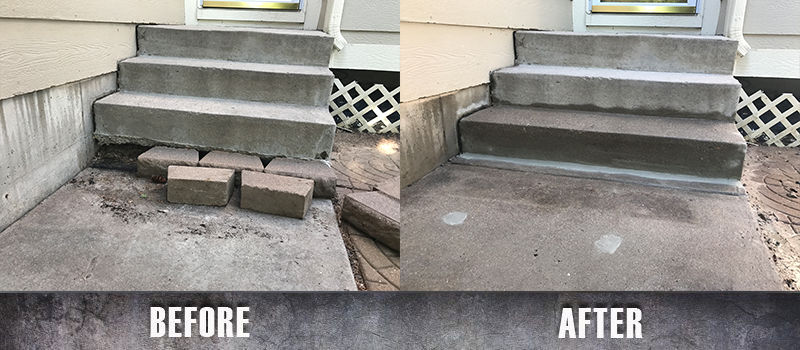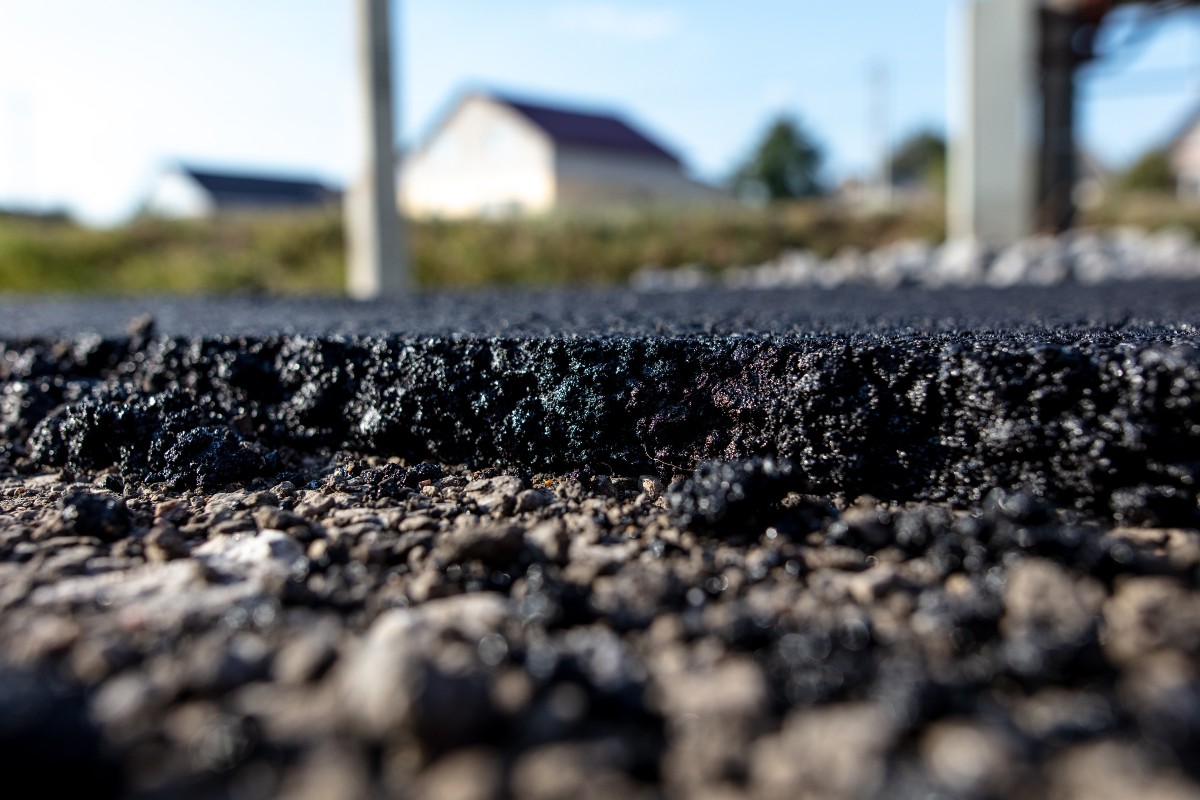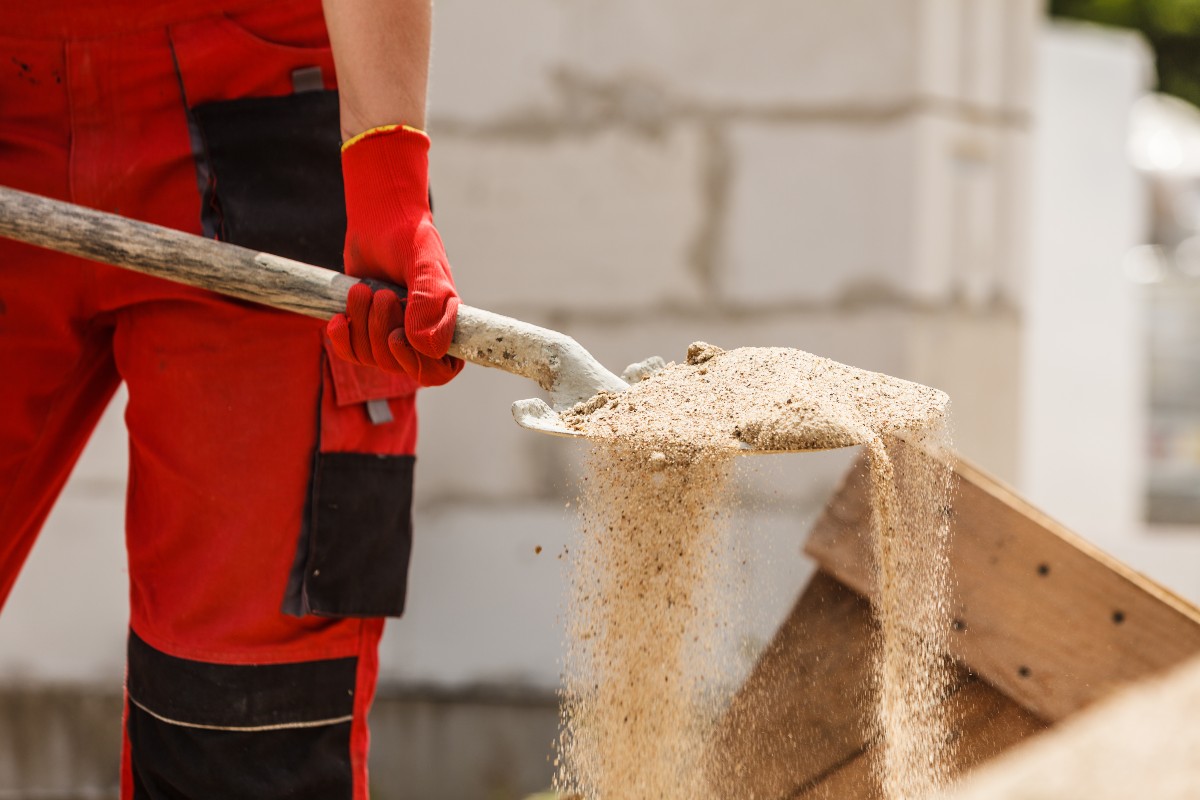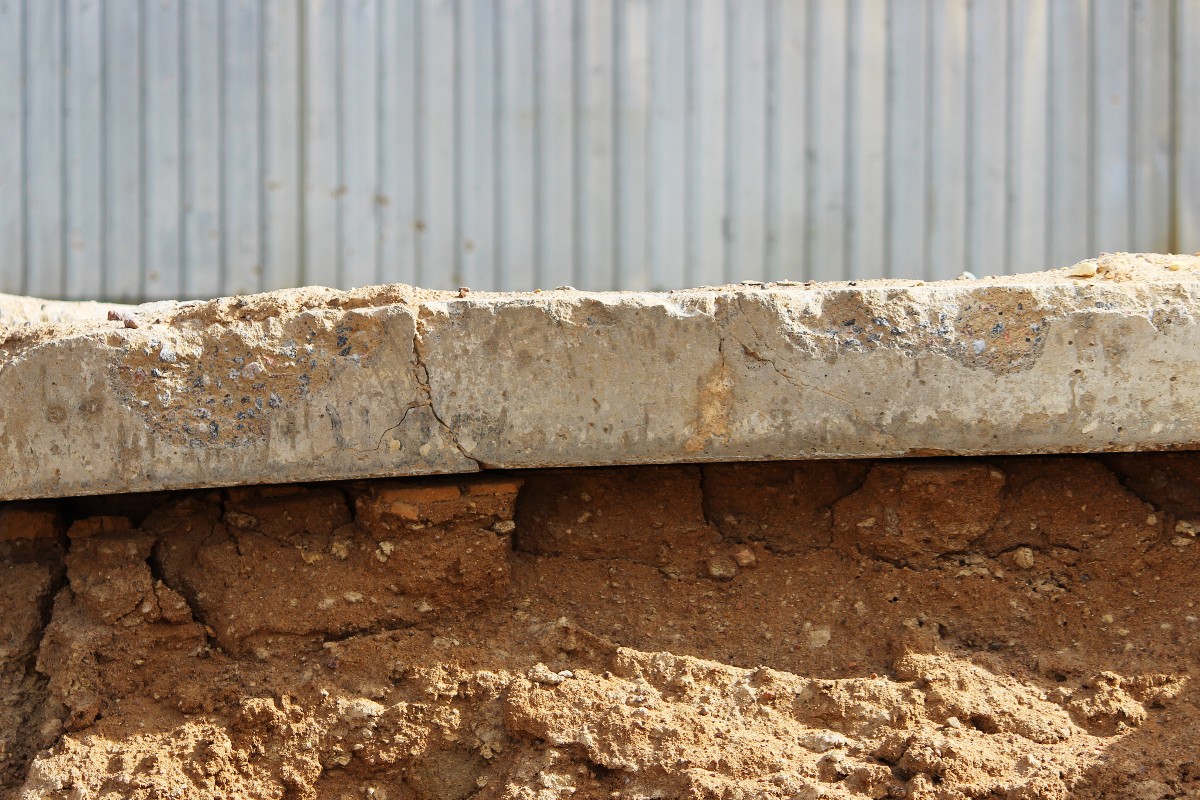If you have sunken slabs or big cracks in your concrete, you could use the help of mudjacking. Mudjacking fills the voids beneath sunken concrete with a slurry that props everything back into place and leaves your driveway or sidewalk as it was when it first poured.
The slurry, the substrate that fills the voids, is a viscous liquid and is susceptible to temperature change, particularly colder temperatures. If temperature affects the slurry, can you mudjack all year-round? What if you’ve discovered a sunken sidewalk slab in the middle of January? Let’s get the expert opinion on if you can mudjack your concrete in the coldest months.
What You Need to Know About Mudjacking in Winter
We’ve consulted the experts, and they say yes, but it’s more of a “yes if…” and what comes after the if is many, many factors and unique situations.
Yes If the Temperature’s Warm Enough
Mudjacking is like concrete installation since both must have certain ground and air temperatures for proper installation. For most this means above freezing temperature and a daily high of 32 degrees. It will take mudjacking longer to set in colder temperatures, but it will set the same. Mudjackers like above freezing temperatures always but usually a couple of days is enough.
Yes If the Ground Isn’t Frozen
For proper mudjacking, you need both a pliable and workable earth along with optimal outside temperature. Mudjackers don’t work on frozen ground because they’re lazy and don’t want to pick through ice, but frozen ground is expanded and will shrink back as it thaws. If you fill in the area while it’s frozen, then the area contracts, you’ll be left with an incomplete fill and a poor job.
That’s why mudjackers will only do their work if both the ground is workable and the air is warm. It might take longer for the ground to catch up to outside temperature, so your contractor may be hesitant even if the next couple days are warm and sunny since it can take the ground longer to thaw from several days of a deep freeze.
There is good news. The area underneath your concrete also takes longer to freeze than everything on the surface since the earth and concrete found around any void acts as a natural insulator. So even though things on the surface are frosted over, the ground might not be. As soon as the air temperature catches up, you’re good to go.
Don’t Forget the Plugs
Mudjackers use mortar plugs to fill the holes made in your concrete during the mudjacking process. Another reason that mudjackers avoid freezing temperatures is that mortar won’t set correctly at temperatures below 15 degrees. They don’t want your mortars to crack or collapse and leave you with an ugly driveway, so they wait until the temperature is right.
Yes, you can mudjack in winter if the outside weather and ground conditions allow for it. For most mudjackers, this means above freezing so even if it’s January, most of the United States will probably have a few days to get your mudjacking job taken care of.
Read More: How to Maintain Your Concrete During Spring





